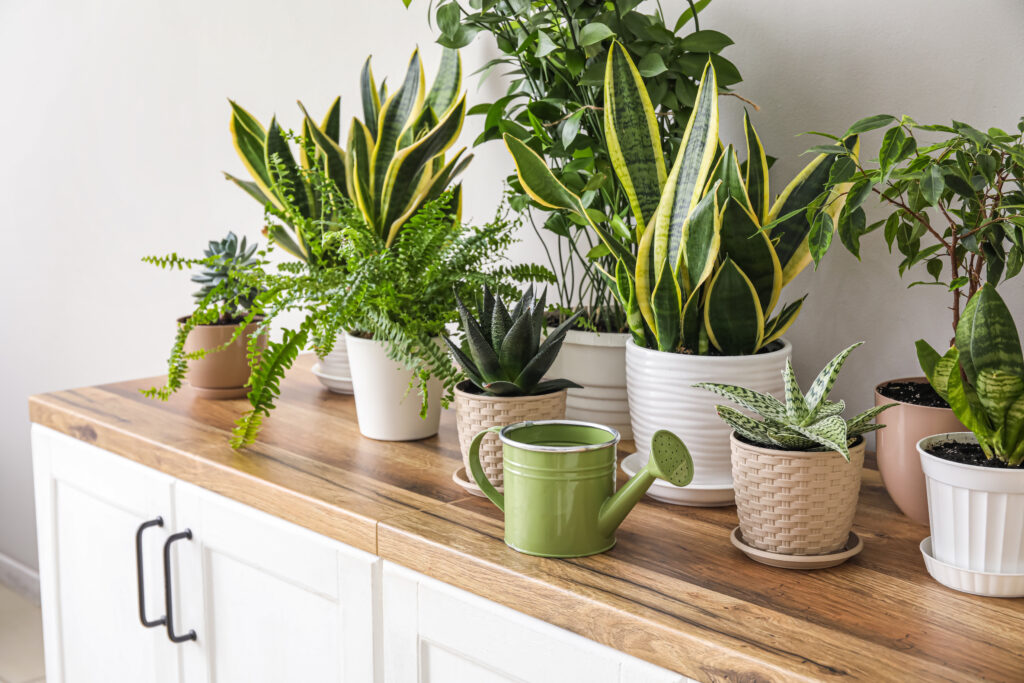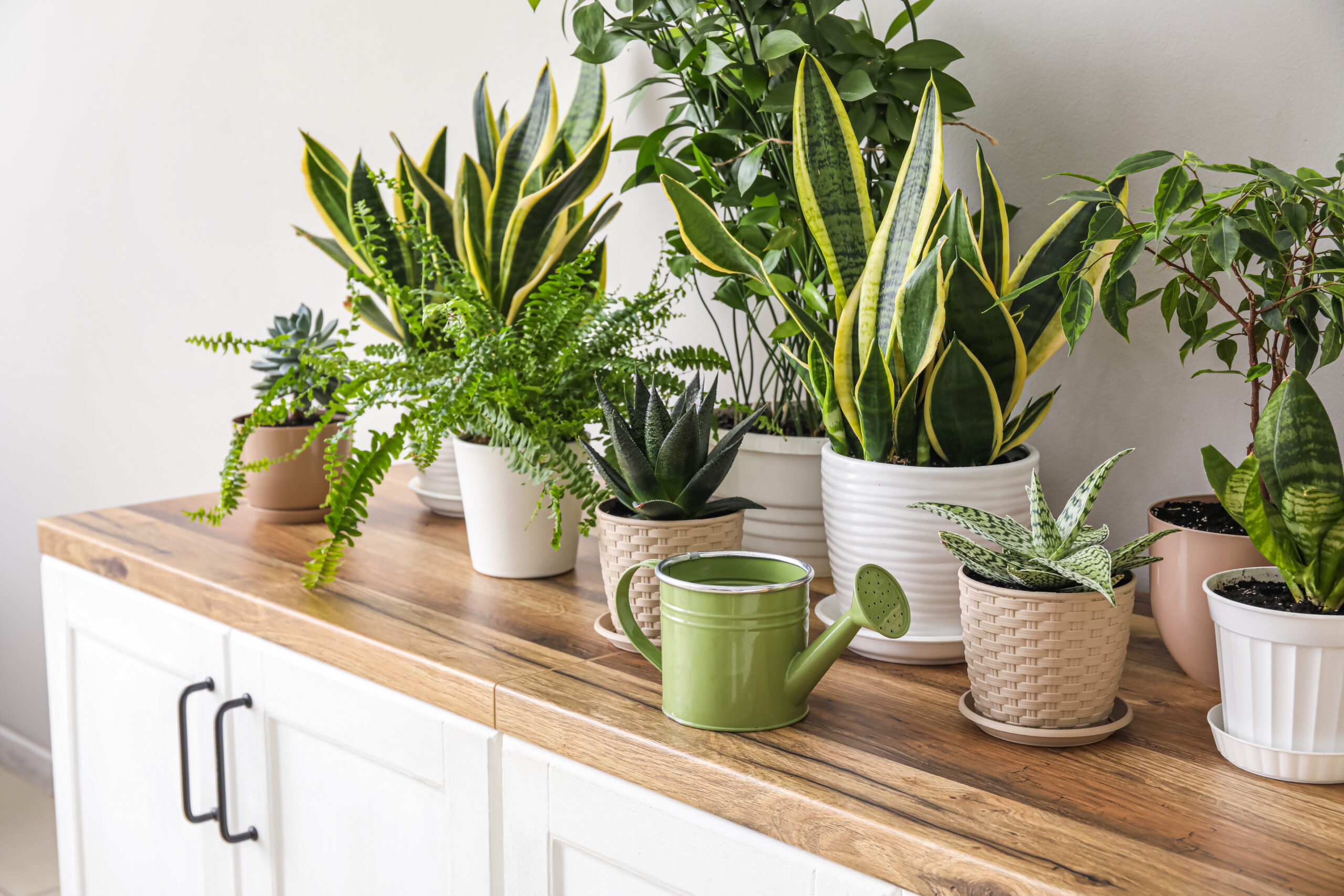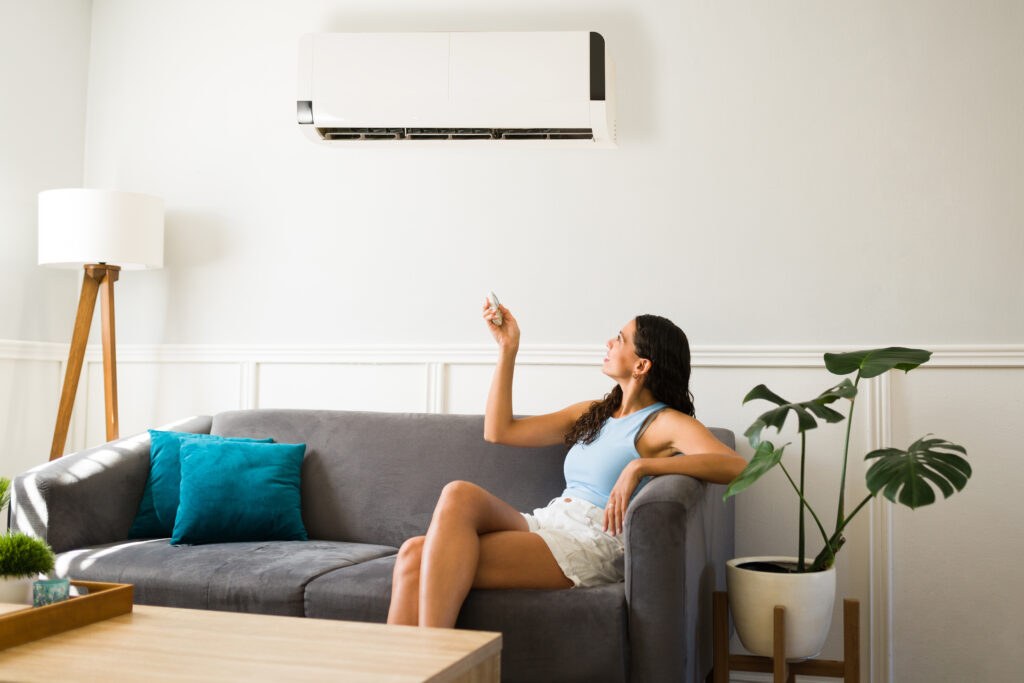The Hidden Power of Indoor Houseplants: More Than Just a Pretty Leaf
Let’s set the scene real quick. You’re scrolling through your feed and see a perfectly-filtered living room soaked in natural light, and—bam—the focal point? A monster Monstera. Or a snake plant nailing its corner assignment. Heck, even a pothos trailing off a high shelf like it knows it owns the place. But indoor houseplants are more than just click-worthy props. They’re a surprisingly impactful home “system” quietly pulling their weight in your space. Yep, we’re diving into that today—indoor houseplants from the lens of homeownership, longevity, and yes, even home warranties. So if you’ve ever thought, “Are these leafy roommates worth the fuss?”—this one’s for you.
How Indoor Houseplants Actually Work in Your Home
Okay, so you’re probably thinking, “It’s just a plant. It sits there and looks nice.” True…but only partially. Indoor houseplants act as a natural microcosm within your home. They participate in a low-key biological party 24/7—filtering air, assisting humidity control, and, oddly enough, reducing allergens and certain toxins (according to a handful of NASA studies, which, yes, were mostly greenhouse-based but still). They do this through natural processes like transpiration, where plants release water vapor into the air, improving overall moisture levels. For homes with dry air, that can mean less dry skin—and even fewer respiratory issues. Who knew peace lilies had lungs?
Key Advantages of Houseplants in Modern Homes
So let’s get this out there: houseplants are seriously pulling some behind-the-scenes weight. First off, their ability to clean indoor air isn’t just old wives’ tales. Some plants have been shown to remove VOCs (volatile organic compounds)—we’re talkin’ stuff like benzene or formaldehyde—that sneak into your home through carpet, paint, and furniture. Minimal effort, maximum gain. A spider plant or even a small rubber plant can help rebalance indoor air quality. Another underrated benefit? Temperature control. That foliage actually insulates. In cooler seasons, clusters of plants can retain heat. In the summer? Their natural evapotranspiration provides minor cooling effects. And here’s a sweet bonus—numerous studies have linked indoor plants to decreased stress levels and improved focus. Plants aren’t just good for your space—they’re good for your brain, too.
Common Drawbacks (Because Nothing’s Perfect)
Alright, time for a reality check. These green friends are clutch, sure, but they’re not totally low-maintenance. Some require specific light levels—peace lilies, for example, do best in indirect sunlight, while succulents basically demand front-row seats to the sun. Miss those requirements, and you’re facing sad, brown leaves. Another potential hitch? Overwatering. It’s easily the number one rookie mistake, and prolonged exposure to wet soil can lead to root rot. That basically renders the plant useless—and, worse, smelly. And yes, pests (hi gnats) can make a surprise appearance if your potting technique isn’t on-point. It’s not the end of the world, but it does require a little attention and know-how. Kind of like learning to not kill your sourdough starter. Micro wins.
Improving Indoor Air Quality with Plants
We touched on this earlier, but now let’s dig in. Indoor air can actually be two to five times more polluted than outdoor air. Wild, right? That’s due to indoor pollutants, dust, cleaning products, and poor ventilation. Enter: your botanical air squad. Snake plants, for instance, are famously resilient and also top performers in air filtration. They absorb toxins like formaldehyde and release oxygen at night, making them prime candidates for bedrooms. Boston ferns can up the game as natural humidifiers. And ficus plants? Love filtering molds and bacteria. The key is balance. Too many plants in one spot can overcrowd and even inhibit airflow, so sprinkle them throughout your home, like leafy little sentinels guarding your air quality. The payoff? Better breathing, fewer toxins, and a visibly happier vibe inside your space.
What Houseplants Mean for Your Home Systems
Here’s where it gets surprisingly connected: your HVAC system. Indoor plants support what your air conditioning and heating systems are already trying to do—maintain optimal air quality and temperature. Think of them like natural co-pilots. By subtly increasing humidity or slightly reducing indoor temps, houseplants could reduce how hard your HVAC works. And if you live in a dry climate, that increased moisture from your plants can keep your heating system from over-correcting for low humidity, especially during winter. Less stress on your HVAC = potentially longer life = fewer unexpected glitches. And if one of those unavoidable failures happens (because let’s face it, plants can’t fix a burnt-out compressor), a solid home warranty matters. More on that soon. 😉
Tips for Picking the Right Plants for Your Setup
Choosing the right indoor greenery isn’t about picking what looks cute on Pinterest… well, maybe a little—but it should also sync with your home’s environment. If you live in a low-light apartment, lean into shade-loving options like ZZ plants or philodendrons. Got a sunny bay window? Load up on succulents or even a fiddle-leaf fig. Also, think about heat zones near vents or windows that fluctuate seasonally. You want sturdy varieties like pothos that don’t throw a fit in changing conditions. And please, don’t sleep on potting quality and drainage. A good soil mix and breathable container help avoid that dreaded root rot situation. When in doubt, start small—one or two sturdy plants to see how they vibe with your energy and space before you go full greenhouse-core.
Why Houseplants and Home Warranties Actually Make a Great Pair
So what’s the glue that brings this all home? Real talk: while indoor plants won’t repair a fridge or reset a circuit panel, they reflect an investment in your home’s daily experience. Comfort, air quality, even aesthetics—they quietly boost your space in ways that matter. But just like you’d water a plant or rotate it for sunlight, maintaining your bigger systems (HVAC, plumbing, major appliances) deserves protection too. That’s where Armadillo steps in. Our customizable home warranty plans help cover repair or replacement costs when your systems or appliances decide to quit—so that comfort you’re building with your houseplants? It’s backed. No guesswork, no stress. Just practical coverage tailored to your zip code and lifestyle. Oh—and signing up takes, like, 3 minutes. Seriously.
Take a peek if you’re curious: www.armadillo.one. And if you’re ready to lock down some extra backup for your home (your plants will thank you), go ahead and start your plan right here: Get Covered Now.


























